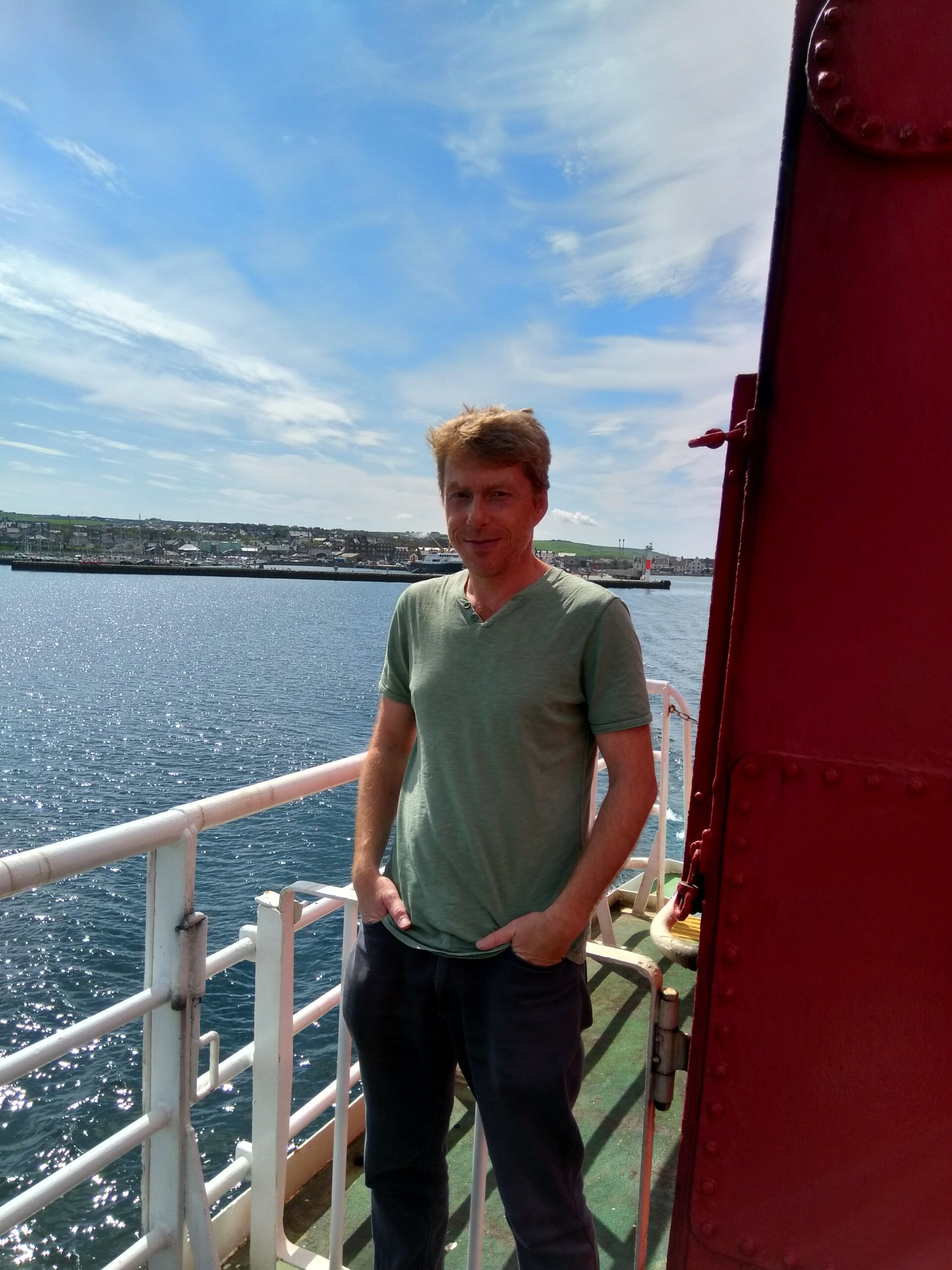Why does St Ives want to discourage second-home ownership?
One in four properties in St Ives are second homes or holiday lets, and in the popular old fishermen’s quarters, just 48% of houses were occupied as a primary residence, according to the town council. So in May 2016, the council held a referendum asking: should new homes should be reserved for full-time residents? When the poll was held in May 2016, 83.2% of voters backed the proposal. A Penzance architectural firm challenged the outcome, but the High Court ruled that the vote was lawful.
What is the impact on the ruling?
Housebuilding in St Ives has continued – but without the incentive to build second homes and holiday lets. Even so, “There is no shortage of planning applications,” says Rita Lait, a St Ives councillor. St Minver and the Rame Peninsula in Cornwall have since implemented similar plans. In Northumberland, the local plan for the resort of Seahouses supports the provision of permanently occupied housing and for 30% of new housing to be affordable.
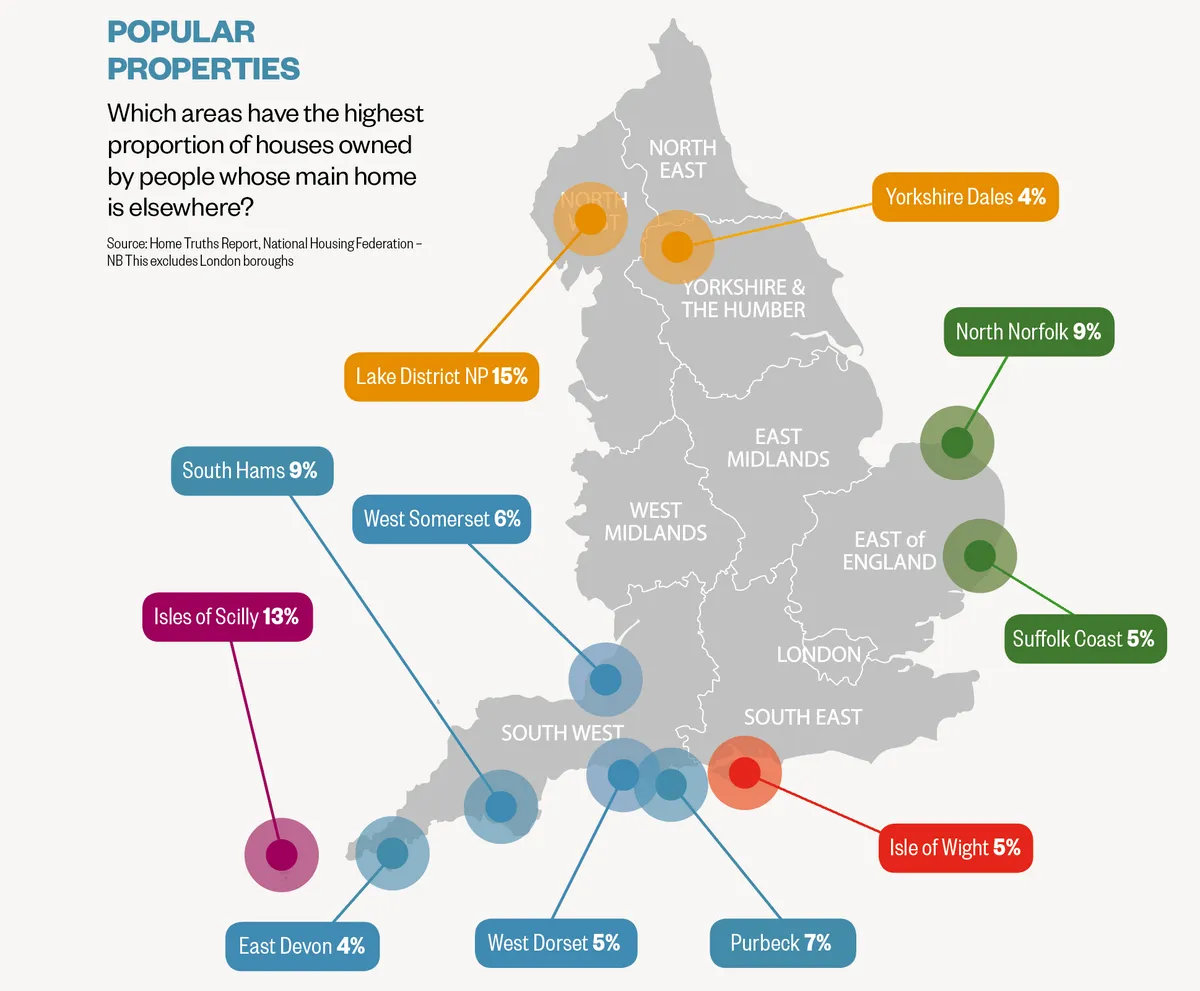
Source: Home Truths Report, National Housing Federation - NB this excludes London Boroughs
Where are Britain's second-home hotspots?
Beadnell, Northumberland
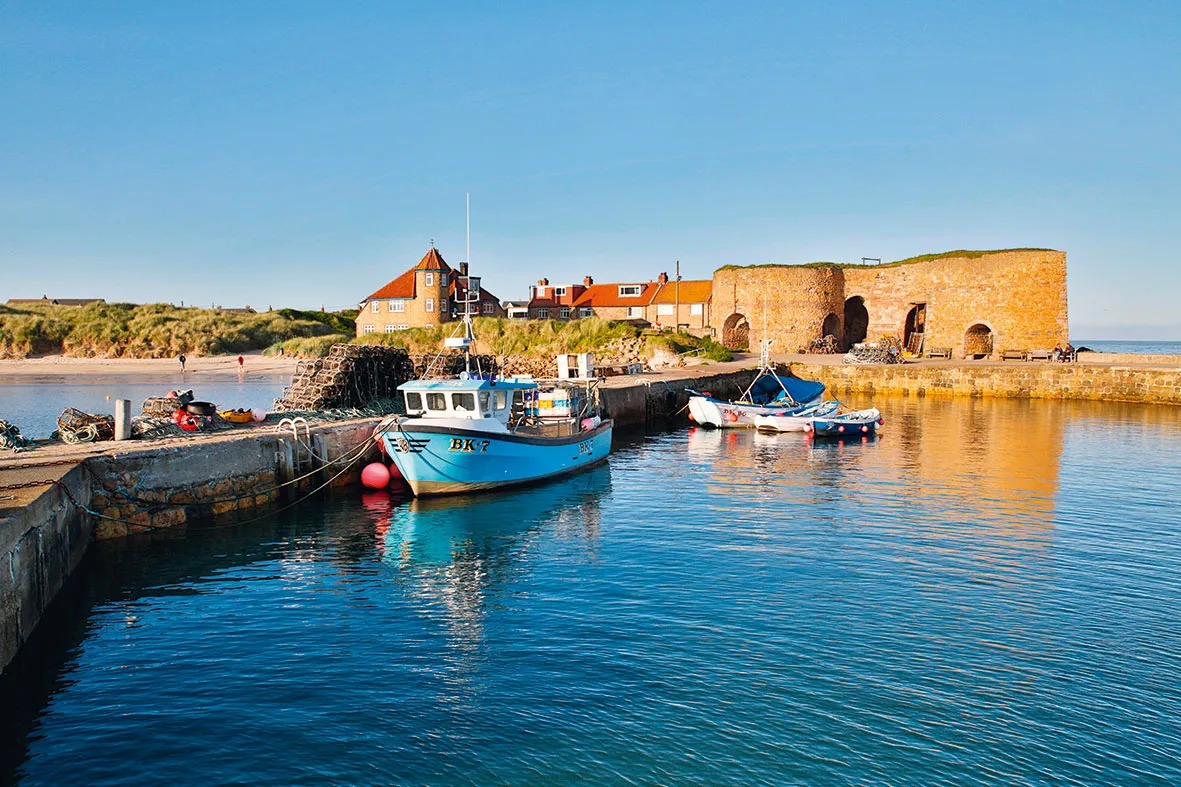
Salcombe, South Devon
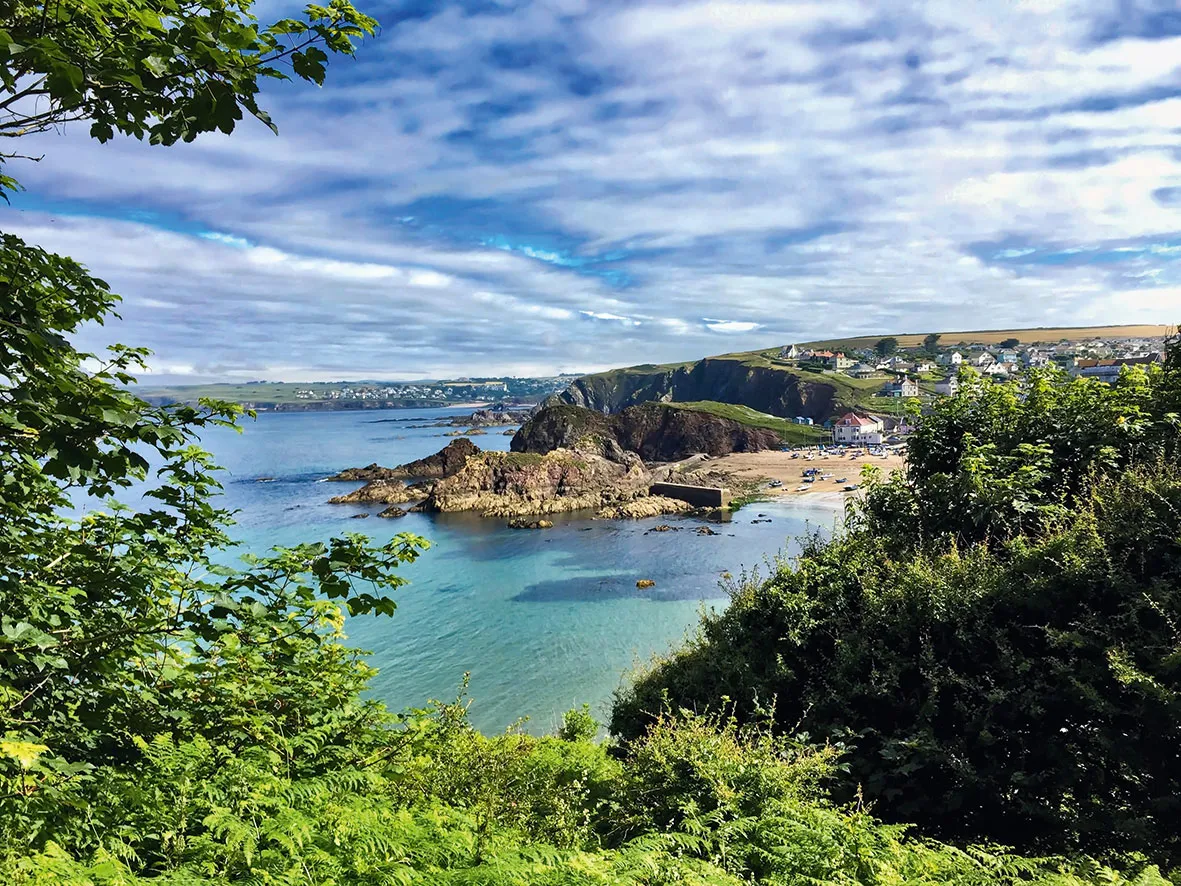
Newport, Pembrokeshire
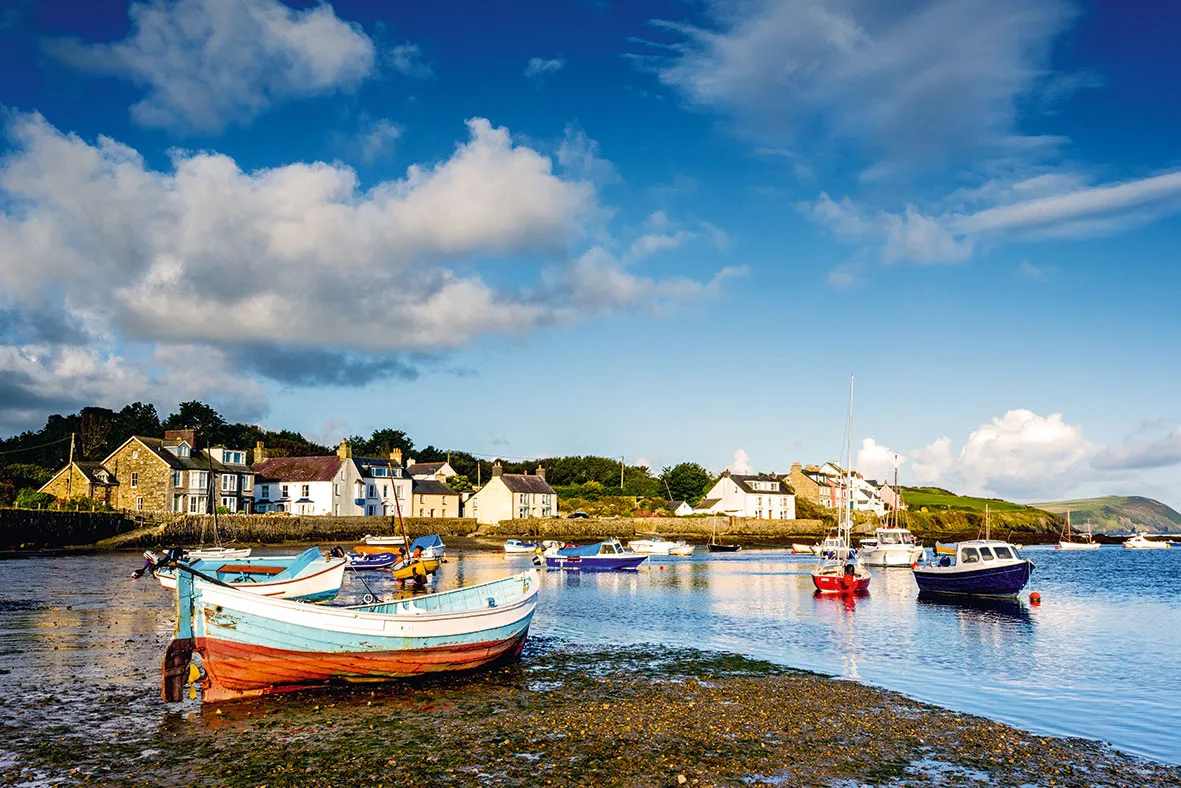
Saundersfoot, Pembrokeshire
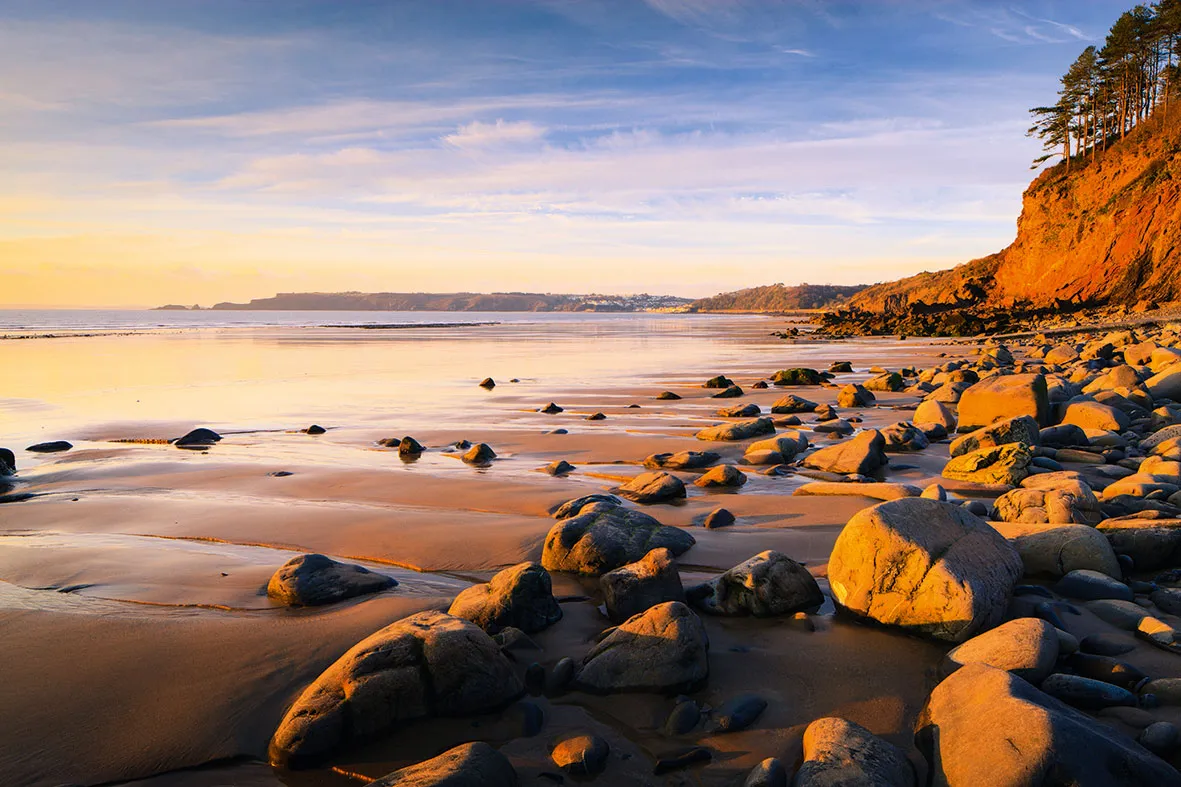
St Ives, Cornwall
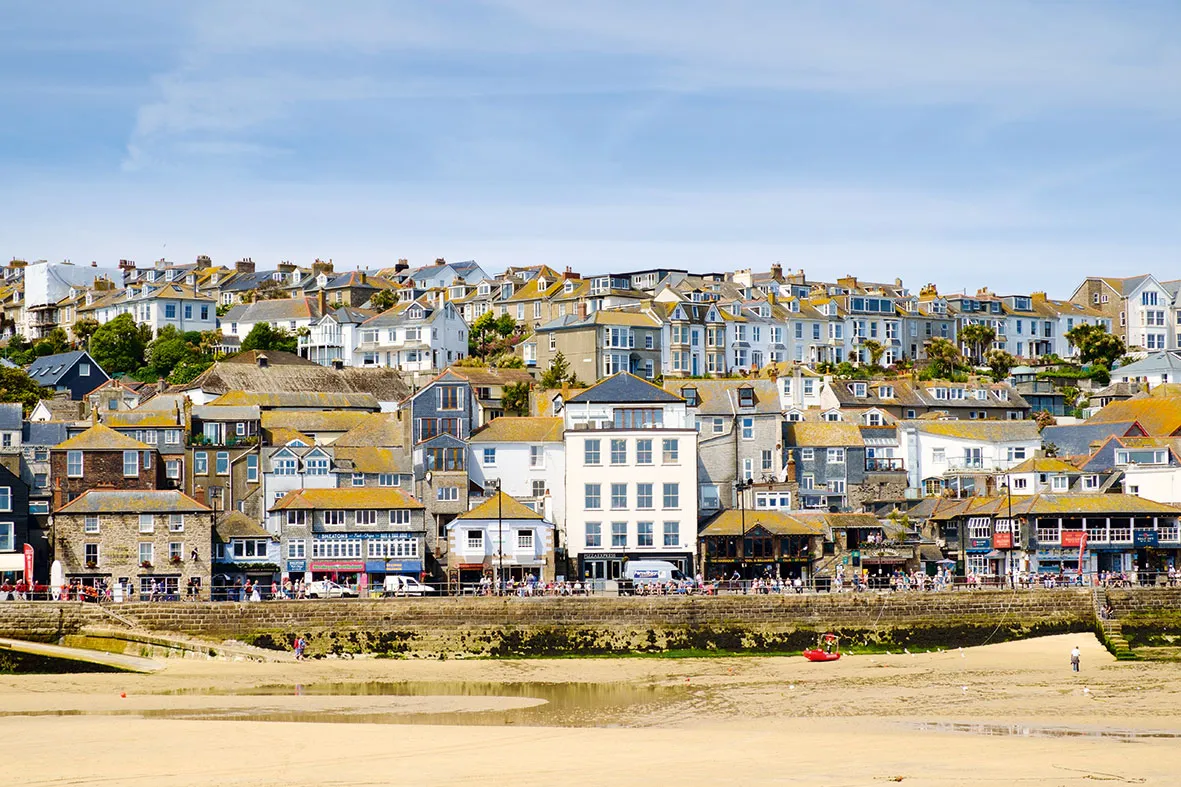
Facts and figures
- 10% of households in Britain own at least one second property (English Housing Survey)
- 744,000 are used as holiday homes, holiday lets, or for occupation while working (English Housing Survey)
- 165,095 homes are used for holiday purposes across England and Wales (First Direct)
- 40% Average house price in Yorkshire Dales is above houses outside the region (Friends of the Dales)
Recent measures and proposals
A stamp duty surcharge was introduced in 2016 so that those buying a second home must pay an additional 3% more stamp duty than the standard rate. The measure was designed to cool demand for second-home ownership.
Council tax Other changes in legislation mean councils have greater power over the amount of council tax they can charge owners of both second homes and empty properties. Anglesey council imposes a 25% surcharge and Pembrokeshire 50%. Measures in the 2017 budget empower councils to charge double the standard council tax.
Making homes affordable The Campaign to Protect Rural England argues that local authorities in rural areas should be allowed to set their own thresholds for affordable housing – the proportion of homes in new-build developments that must be offered at a relatively low price. “You could also require planning permission for change of use from a house to a holiday let,” says Matt Thomson, the CPRE’s chief planner.
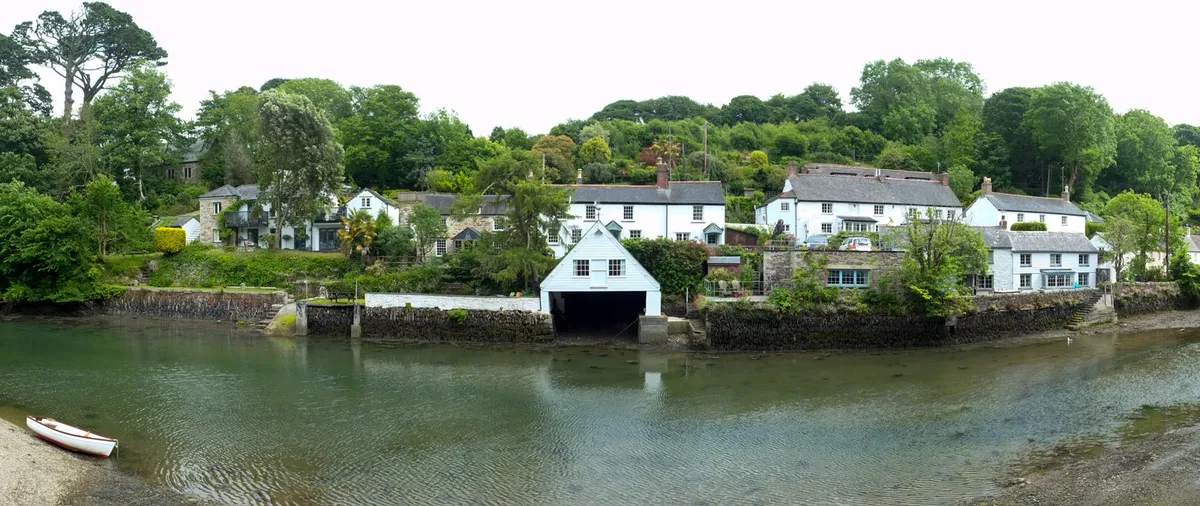
What are the advantages of second-home ownership?
Bring in money
“Holiday cottages, particularly in South Devon, are essential to the success of local businesses,” says Karen Jones, owner of Coast & Country Cottages, a self-catering booking company in Devon. “A huge number of local companies and livelihoods depend on the tourism trade.”
Create local work
“Holiday homes can be an important part of the local economy,” says CPRE’s Matt Thomson. “They give work to builders and to people who are employed by the properties.”
Regeneration
“Old historic homes can be a bit of a burden if they are just owner-occupied,” says Thomson, “but if they’re rented out as a holiday let, it’s a selling point so they tend to be renovated more easily than owner-occupied properties.” Karen Jones says: “The need for high-quality self-catering holiday homes has led to the redevelopment of properties in our area.”
What are the disadvantages of second-home ownership?
Price out local people
Just 8% of affordable housing stock is in rural areas. Typically, rural housing costs about 11 times the average salary of people working in rural areas. In the central Lake District, house price to income ratios are even higher, at 12 to 1. “People who buy a second home for the weekend tend to have quite significant resources, so they may be happy to pay a premium to acquire the house they want,” says Matt Thomson. “Holiday lets are popular so that pushes prices up, too.”
Winter ghost towns
“It’s about retaining communities and not losing their heart,” says St Ives councillor Rita Lait. “We had long gone beyond the tipping point. It’s the changing face of the seaside town – fewer people want to stay in B&Bs and more in self-catering. If you let self-catering go too far, you depopulate the area. Where do the people required to service the town live? It doesn’t just affect the heart of the town, it goes right through the whole parish.”
Case study: Brendon, Exmoor
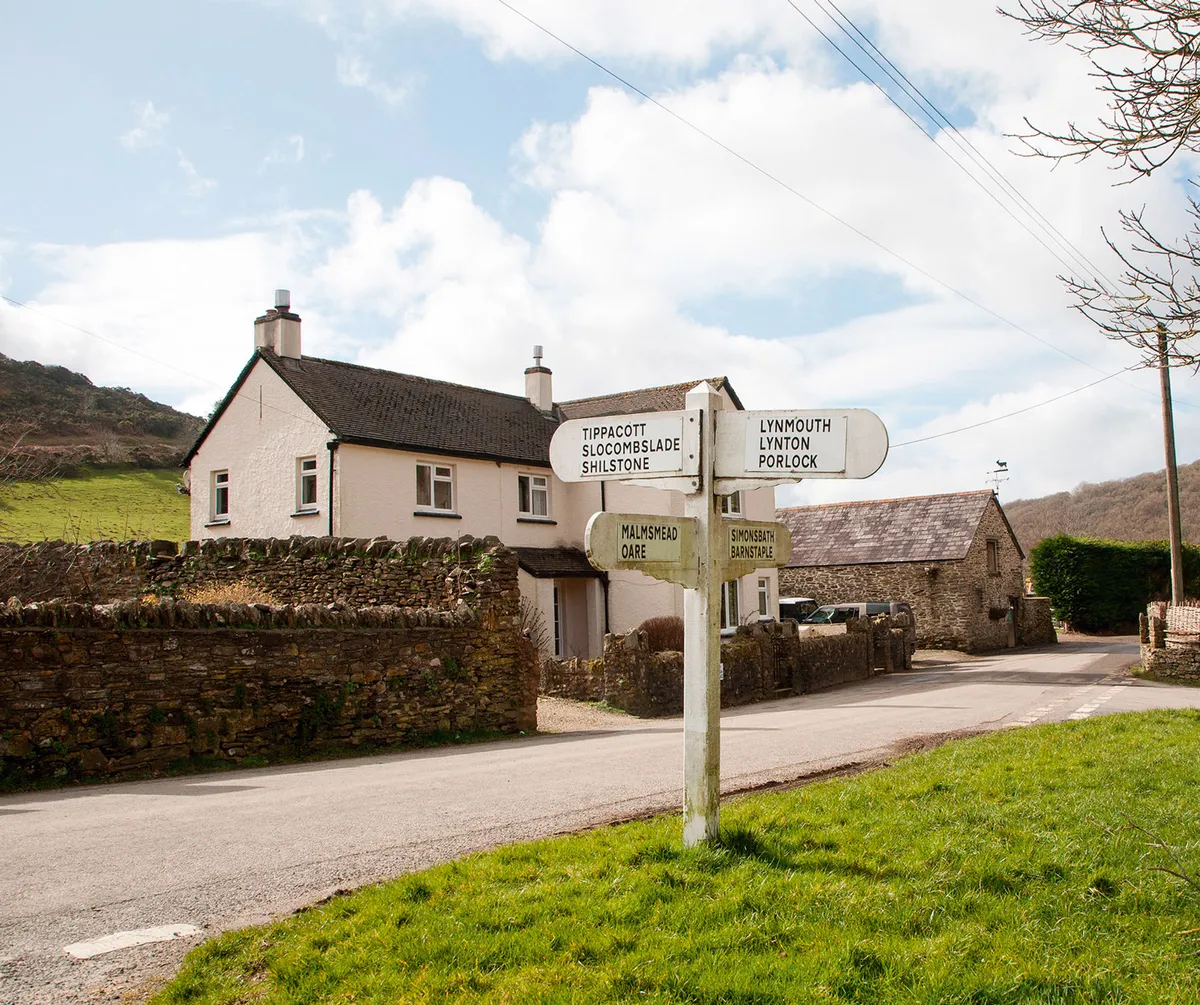
One in three properties in the parish of Brendon in the north of Exmoor National Park are classified as a second home.
The figure for the park is one in five. According to Andrea Davis, vice-chair of the park and a parish councillor, Exmoor is the most expensive place for property prices – relative to income – in the country, outside Westminster in London.
“Holiday lets can result in people spending money in the local community,” she says. “But now there are almost no children, nor anyone under the age of 20. In winter, things are particularly dead. My experience of second home owners living next door to me is that they visit infrequently, so the amount of work done on the property is probably less than if it were lived in.”
In 2013 the community of Lynton and Lynmouth, on the north coast of the park, introduced a neighbourhood plan that required every new-build to be either affordable to local people or, if sold on the open market, conditional on the purchaser making it their primary residence. This has since been adopted as planning policy across the national park.
